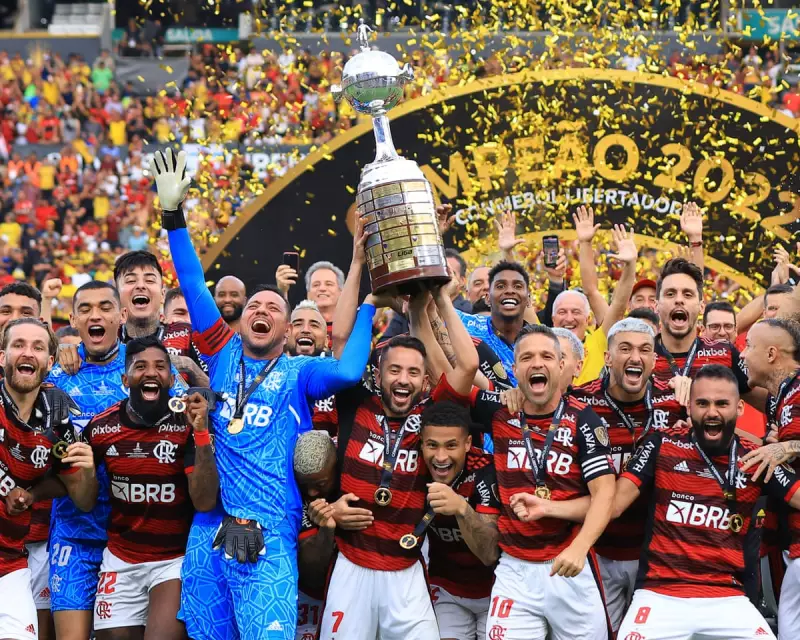
In the fiercely competitive landscape of South American football, two Brazilian clubs have dramatically separated themselves from the pack, creating a new era of sporting and financial dominance. Palmeiras and Flamengo have evolved into genuine superpowers, reshaping the continent's football hierarchy through a combination of on-pitch excellence and off-pitch business acumen.
The Financial Engine Behind the Success
The transformation of these clubs didn't happen by accident. Both institutions have built formidable financial foundations that dwarf their regional competitors. Flamengo's staggering membership base of over 40 million supporters provides an enormous commercial advantage, while Palmeiras has leveraged its strong partnership with Italian manufacturer Pirelli.
This financial muscle has allowed both clubs to retain top domestic talent and make strategic signings from European leagues, something previously unheard of in South American football. The ability to offer competitive salaries has prevented the traditional exodus of stars to Europe, creating more stable and powerful squads.
Infrastructure and Youth Development
Beyond their financial prowess, both clubs have invested heavily in state-of-the-art facilities and youth academies. Palmeiras' modern training complex has become the envy of the continent, producing a pipeline of talented players who can slot seamlessly into the first team.
Flamengo's famed youth academy, known as 'Ninho do Urubu', has been instrumental in their success. The development of homegrown stars not only strengthens the squad but represents significant financial value, either through long-term service or lucrative transfers to European clubs.
The professional approach to player development has created a virtuous cycle where success breeds further success, allowing both clubs to consistently challenge for every trophy they compete for.
Dominance in Continental Competition
The proof of their superpower status is most evident in continental competitions. Between them, Palmeiras and Flamengo have claimed multiple Copa Libertadores titles in recent years, often facing each other in later stages of the tournament.
Their meetings have become the defining clashes of South American football, drawing massive television audiences and generating unprecedented interest. The intense rivalry between the clubs has added another layer to their dominance, creating must-watch football that captivates audiences across Brazil and beyond.
This consistent performance at the highest level has cemented their reputations as the teams to beat, with other South American clubs often measuring their success by how they fare against these two giants.
The Future of South American Football
The rise of Palmeiras and Flamengo has created a new dynamic in South American football. Their financial and sporting power has established a clear gap between them and traditional rivals from Argentina, Uruguay, and other Brazilian states.
This dominance raises important questions about competitive balance in continental tournaments. While other clubs struggle with financial instability, these two Brazilian powerhouses have built sustainable models that suggest their supremacy may continue for years to come.
The challenge for other clubs will be to find ways to bridge this growing gap, whether through improved commercial operations, better youth development, or strategic partnerships. For now, Palmeiras and Flamengo stand alone as South America's undisputed football superpowers, having rewritten the rules of what's possible for clubs on the continent.





